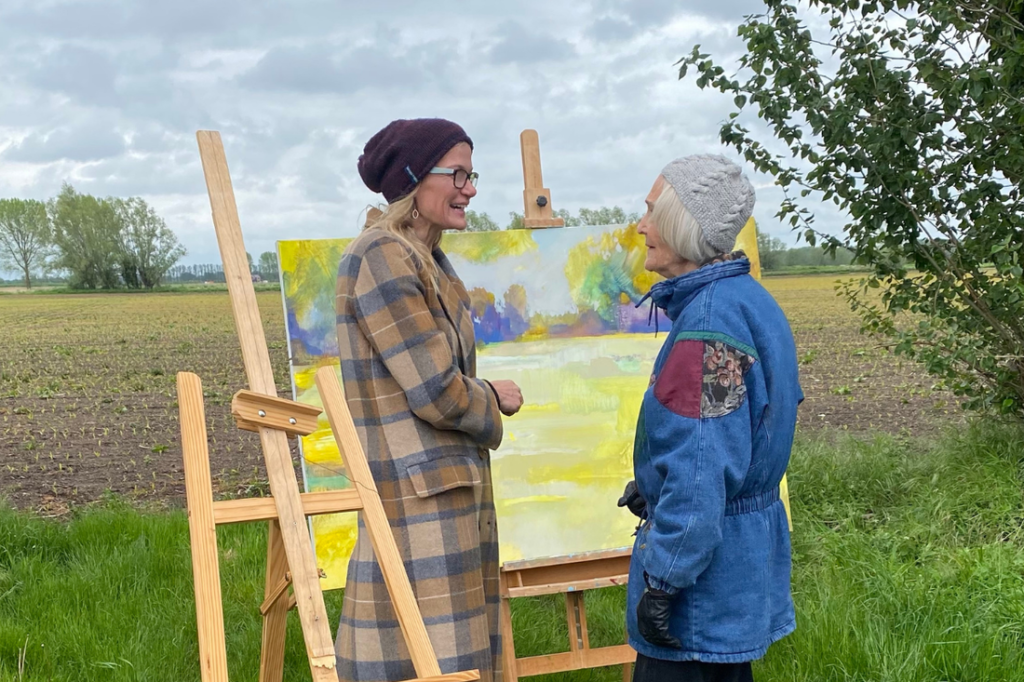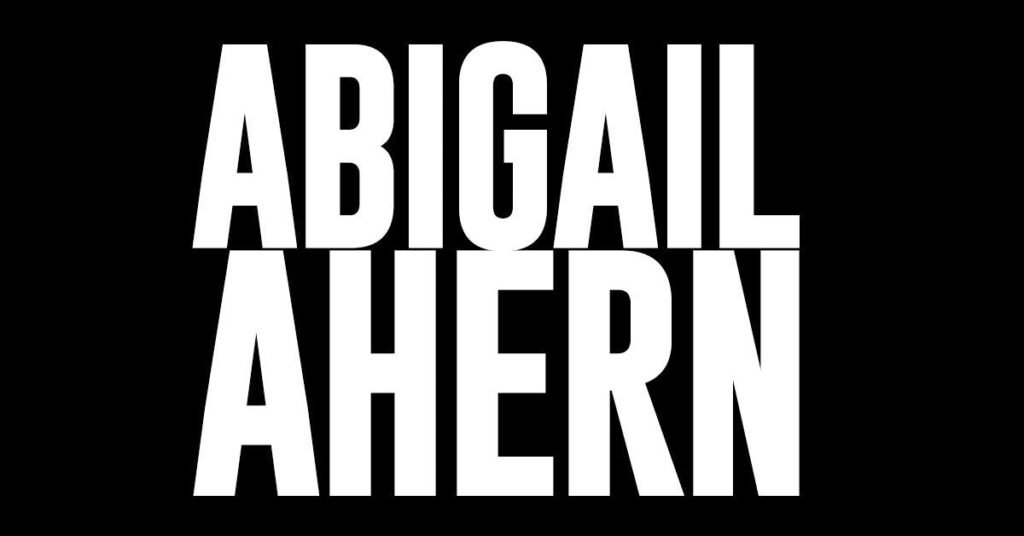
Reviving retro and incorporating vintage elements into modern interior design is a captivating trend that has gained significant popularity in recent years. This approach allows homeowners to infuse their living spaces with a sense of nostalgia, character, and unique charm.
By seamlessly blending elements from the past with contemporary design aesthetics, individuals can create visually striking and inviting environments that reflect their personal style.
Let’s delve deeper into the concept of reviving retro and explore how vintage elements can be artfully integrated into modern interior design.
The allure of retro design lies in its ability to transport us back in time, evoking memories and sentiments associated with specific eras.
Whether it’s the iconic mid-century modern style of the 1950s and 1960s, the opulence of art deco from the 1920s, or the bold and vibrant hues of the 1970s, each period offers its own distinct design language and atmosphere.
By selecting a retro era or style that resonates with you, you can establish a clear direction for your design choices and create a cohesive aesthetic throughout your space.
When incorporating vintage elements into a modern interior, it’s important to strike a balance between the old and the new.
The key is to avoid going overboard with retro pieces, as this can result in a space that feels outdated rather than stylishly nostalgic. Instead, focus on integrating a few carefully curated vintage items that act as statement pieces and focal points.
These items should be complemented by contemporary furniture and decor, creating a harmonious blend of the past and present.
Selecting standout retro furniture pieces can greatly enhance the overall aesthetic of your space. Look for iconic designs that capture the essence of the era you’re inspired by.
For instance, mid-century modern enthusiasts might seek out Eames chairs or Saarinen tables, while those drawn to the glamour of art deco might opt for a vintage-inspired chaise lounge or a geometrically patterned side table.
By pairing these statement retro pieces with sleek, minimalist modern furniture, you create a dynamic contrast that adds depth and visual interest to your interior.
Color palette plays a significant role in retro-modern design. Retro styles often feature bold and vibrant colors that exude energy and personality.
To infuse your space with a touch of nostalgia, consider using a retro-inspired color palette. Shades like mustard yellow, avocado green, burnt orange, or teal can inject a vibrant retro vibe. However, it’s crucial to balance these bold hues with neutral tones or soft pastel shades to ensure a contemporary feel and prevent overwhelming the space.
Patterns and textures are integral elements of retro design. Incorporating vintage-inspired wallpaper, geometric prints, or bold floral patterns can instantly transport your space to a different era.
To maintain a cohesive and balanced aesthetic, mix these patterns with solid fabrics and textures, allowing the retro patterns to take center stage without overpowering the overall design.
Lighting is another crucial aspect of both retro and modern design. Vintage-inspired lighting fixtures, such as pendant lights, sputnik chandeliers, or industrial-style lamps, can add a nostalgic touch to your space. These fixtures can be paired with sleek, minimalist lighting designs to create a harmonious blend of old and new, effectively merging the timeless charm of the past with the contemporary elegance of the present.
Incorporating accessories and decor items is where the true retro personality of your space can shine. Vintage accessories like antique cameras, vinyl records, vintage posters, or mid-century ceramics can be strategically displayed on shelves or side tables to add a distinct retro flair. Additionally, consider incorporating retro-inspired artwork or wall decor to enhance the nostalgic ambiance of the interior. These carefully chosen details contribute to the overall narrative of your design and create an immersive retro experience.
Embracing sustainability and repurposing is a significant aspect of reviving retro. The concept of up
Here are some tips and ideas to help you achieve a successful fusion of retro and modern aesthetics:


